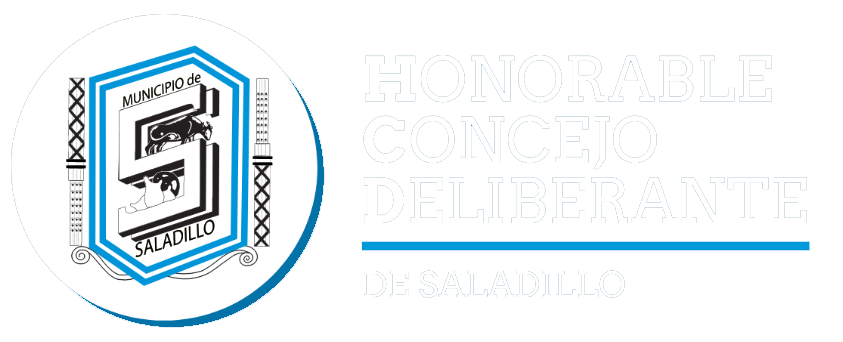This exclusion can lead to an overly narrow perspective when evaluating a company’s financial health and growth potential. The financial ratio is essential for investors because it goes beyond just net profit. It considers the amount of capital invested, thereby offering a clearer picture of how well a company is utilizing its resources. Companies with a consistently high ROCE are often seen as better managed and more likely to provide superior returns to shareholders.
Advantages and Disadvantages of ROCE
The main problem with using ROCE for stock analysis is that it is distorted by financial leverage. ROCE measures returns on all capital invested, including both equity and debt. Companies that take on higher debt levels will show inflated ROCE figures since borrowed money boosts returns if invested profitably.
How Is ROCE Calculated?
Utilizing automation, high-quality processes, and technology to boost reliability, speed, and productivity improves operational efficiency. Companies focused on continuous improvement and optimizing resource usage achieve structural advantages in converting sales into profits, driving superior ROCE and shareholder returns over time. Lean, efficient operations are a competitive necessity for firms aiming to maximize their return on capital employed. Financial metrics play a crucial role in assessing the financial condition of companies. One such metric is Return on Capital Employed (ROCE), which gauges a company’s profitability and capital efficiency.
What is the difference between capital employed and invested capital?
Naturally, the higher this figure is, the more profitable a company’s capital employed is. The said financial metric indicates the amount of operating income generated for every dollar of capital that has been invested by a company. InvestingPro offers detailed insights into companies’ Return on Capital Employed including sector benchmarks and competitor analysis. ROCE does not consider changes in the broader industry, economic shifts, or other external factors that might affect a company’s performance.
- Additionally, capital employed refers to the amount invested in a business.
- Another way to calculate it is by dividing earnings before interest and taxes by the difference between total assets and current liabilities.
- During economic downturns, companies may experience lower profits, resulting in lower ROCE values.
Return on Capital Employed vs. Other Financial Metrics
Return on investment (ROI) is a ratio that measures the profitability of an investment by comparing the gain or loss to its cost. It helps assess the potential return of investments on stocks or business ventures. ROI is usually presented as a percentage and can be calculated using a specific formula.
Practical Application: Using ROIC in Your Investment Strategy
ROCE can be a useful proxy for operational efficiency, particularly for capital-intensive industries. Capital Employed is typically defined as Total Assets minus Current Liabilities. Alternatively, it can also be calculated as the sum of shareholders’ equity and long-term debt.
Return on investment (ROI) is a simple and intuitive metric of the profitability of an investment. It doesn’t consider the holding period of an investment and it’s not adjusted for risk. ROI is nonetheless a key metric used by business analysts to evaluate and rank investment alternatives. A 10% ROCE can be considered good depending on the industry average and the company’s cost of capital. If the ROCE exceeds the cost of capital, it indicates efficient capital use.
Capital-intensive industries like utilities or manufacturing often require substantial investment in fixed assets, resulting in lower ROCE figures. In these sectors, economies of scale and consistent cash flow are key drivers of financial health, even with a lower ROCE. ROCE helps compare companies within the same sector or evaluate a single company’s performance over time. It reveals whether a firm is effectively utilizing its resources to generate returns, guiding investment decisions and strategic planning. Assume Company X has total assets of Rs. 20 lakh and total liabilities worth Rs. 10 lakh. Here, EBIT (Earnings Before Interest and Tax) is the operating income from the regular activities of the business.
The Return on Capital Employed (ROCE) formula is calculated by dividing a company’s Earnings Before Interest and Tax (EBIT) by the Capital Employed. EBIT, also known as operating profit, measures profitability by excluding interest and income tax expenses, providing a view of operational efficiency. Return on capital employed is not a valid measure when comparing two companies operating in two different sectors. Additionally, the return on capital employed does not give a complete picture of the company’s performance. Therefore, a low return on capital employed ratio might sometimes give a misleading image of the business. Additionally, capital employed refers to the amount invested in a business.
- In comparison to a company with a ROCE of 10%, a company with a ROCE of 20% may appear favourable.
- Using leverage strategically at low costs allows companies to increase ROCE and maximize shareholder returns over time.
- It is a key indicator used by investors and analysts to evaluate a company’s performance and potential for generating returns.
- This failure to account for risk factors in ROCE analysis could result in an incomplete understanding of a company’s true financial health and could lead to misleading conclusions.
With softened demand, companies delay or cancel new capital investments and projects. The under-absorption of fixed overhead costs on this return on capital employed meaning excess capacity further reduces margins. Lower production leads to lower turnover of property, plant, and equipment as well. The decline in profitability and asset turnover causes ROCE to dip during recessions.
The other component of ROCE is asset turnover, which measures how much revenue a company generates per dollar of assets. Asset turnover rises if a company generates more sales without needing to increase assets by an equivalent amount. This happens if a company finds ways to improve inventory management, collect accounts receivable faster, or increase sales productivity. Higher asset turnover directly increases ROCE if the operating margin stays constant. As profits rise, companies reinvest to grow while returning more capital to shareholders.

